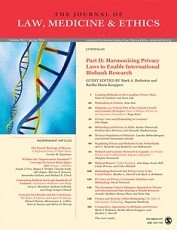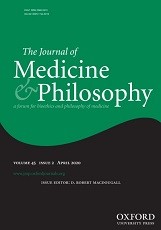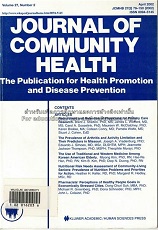Rebecca S. Dresser

Extract
Access to abortion is becoming increasingly restricted for many women in the United States. Besides the longstanding financial barriers facing low-income women in most states, a newer source of scar city has emerged. The relatively small number of physicians willing to perform the procedure is compromising the ability of women in certain parts of the country to obtain an abortion. Do physicians have a duty to respond to this situation? Do they have a professional responsibility to ensure that abortions are reasonably available to the women who want to terminate their pregnancies? Or, is abortion so morally and socially controversial as to remove any professional obligation to provide reasonable access?
Dresser RS. Freedom of conscience, professional responsibility, and access to abortion. J Law Med Ethics 1994 Fall;22(3):280-5.





